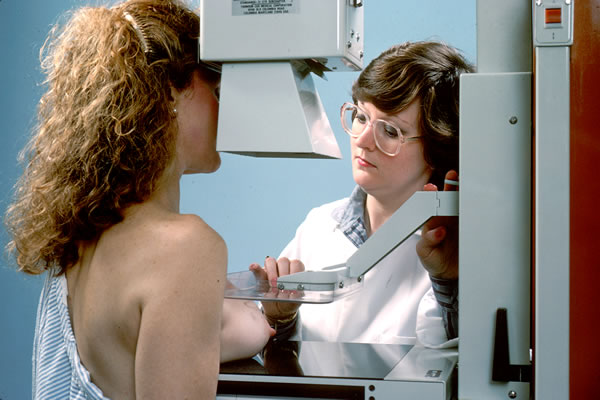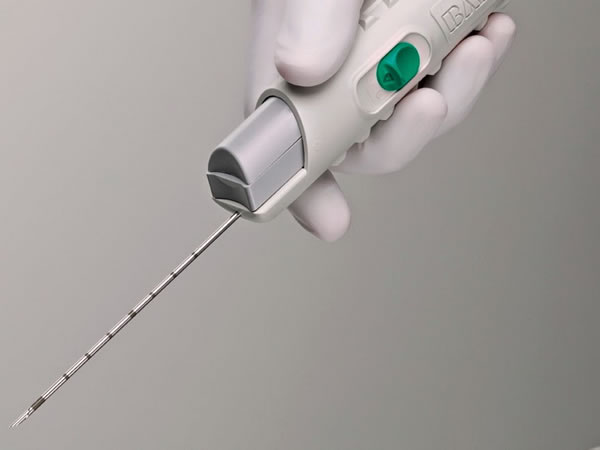Is my breast lump
cancerous?
A question which gives sleepless nights to the family. And unmeasureable levels of anxiety.
So, after the examination, the next step now is to confirm, if this is really a cancer. And why is it necessary to confirm? Because, it could very well be non cancerous. There are some conditions, in which, the lump in the breast feels like a cancer, but is not - Granulomatous Mastitis, Infections etc. Or it could very well be one of those non cancerous tumours in the breast like fibroids etc. In most cases, I will definitely have a rough idea during examination itself, as to whether it is cancerous or not. For the confirmation part, we need to do two tests:
Mammography : To locate the tumour
Core Biopsy : To confirm the cancer

